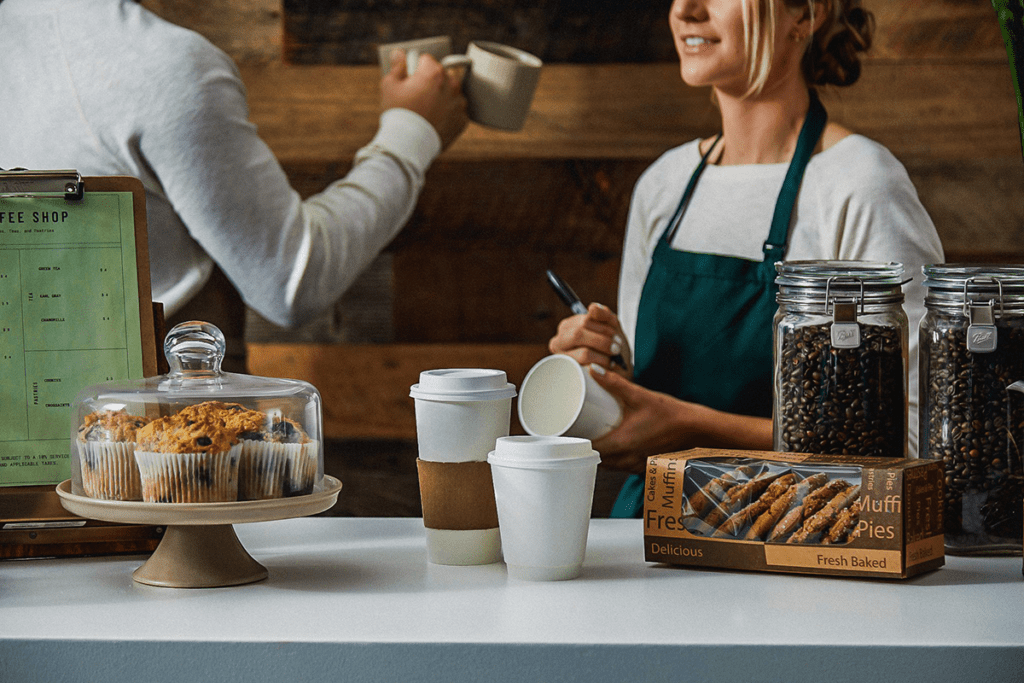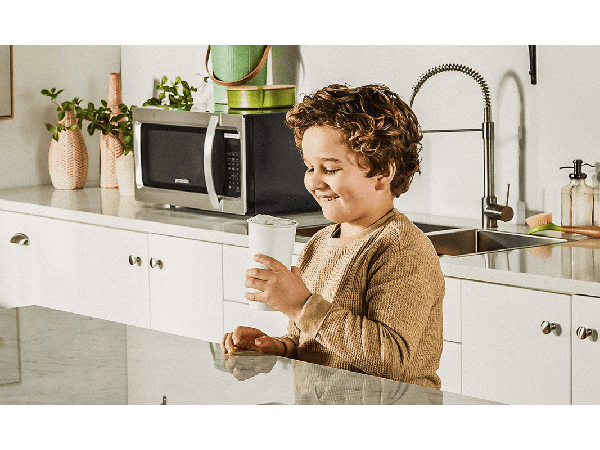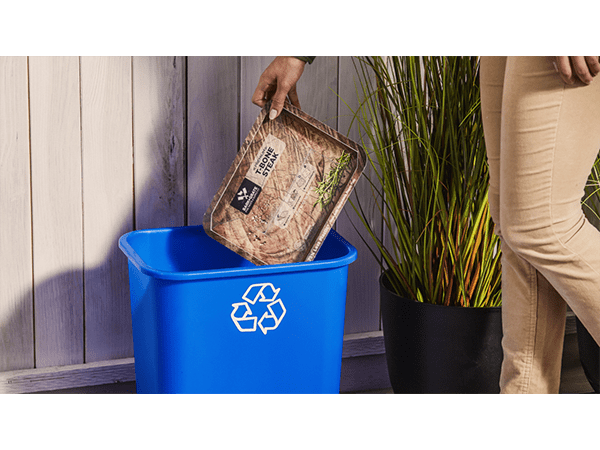article
What Does the Rise of the Conscious Consumer Mean for the Quick Service Restaurant Space?

Many consumers today are more environmentally aware, price-sensitive, and health-conscious. These consumers care about the impact their purchases have on themselves and on the planet. Today’s “conscious consumers” are driving change in every sector, and the Quick Service Restaurant (QSR) sector is no exception.
QSRs understand that, for many consumers, a commitment to sustainability is non-negotiable. They know that being unwilling or unable to meet consumer demand is a risk if they don’t show progress towards being more sustainable. Prominent QSRs have unveiled ambitious goals, such as a net-zero emissions target or a commitment to using 100% sustainable materials for customer-facing food packaging. Embedding Environmental, Social, and Governance (ESG) goals in QSRs is becoming increasingly important as these goals drive sustainability, consumer trust, and resilience.
Transparency lets a brand tell its story
The conscious consumer responds positively to brands that are transparent. For QSRs, that can mean being open about everything they serve to their customers, from the ingredients that make up their food to the packaging that protects it.
Consumers want to know where and how the ingredients in food products, and the materials that make up its packaging, are sourced. They also crave the security that comes with the knowledge their packaging is free from potentially harmful chemicals. That’s not always easy to deliver, but for some packaging formats, it is. Take paper cups for example. Graphic Packaging’s paper cups are made with Sustainable Forestry Initiative-certified fibers that come from trees, which are a renewable resource.
End-of-life transparency is just as important. Plastic has a high access rate as it’s widely collected for recycling, yet only 9% of plastic is actually recovered. The vast majority of plastics end up in incinerators and landfills because there aren’t mature end markets to accept and reprocess the recovered plastics into new products.
Paper cups are designed to be recycled, even with the polyethylene (PE) lining. Recent technological advancements at paperboard manufacturing facilities mean a high fiber recovery rate can now be achieved. Plus, there are great strides being made in the industry to improve access to recycling. More than 40 paperboard manufacturing facilities across North America are now accepting paper cups for recycling. This demonstrates we have strong end markets for recovered cups that can turn them into new paperboard packaging and other paper products.
Complementing sustainability stories
There’s a great story in that journey from the forest to the service counter. Sustainably managed forests support rural economies, biodiversity, and carbon sequestration. America’s forests sequester 800 million metric tons of carbon dioxide a year, offsetting around 13% of greenhouse gas emissions produced across the U.S., helping to shape a better future for our planet.
It gives QSRs an opportunity to help their consumers connect with the positive aspects of their brand personality. Paper cups have a unique ability to not just tell this story, but to show it, creating a sense of positivity around every sip. That kind of connection goes much deeper than any advertising campaign. It complements QSR ESG activity in a tangible way that consumers can experience for themselves.
Developing a sustainability narrative is important. But how that narrative is told is just as key. Whether paper or plastic, the cups served to each consumer are a consequence of a series of intentional packaging choices. It’s up to QSRs to make sure those choices are positive ones.
Positive stories cut through
That positive story is one that consumers can really engage in. This engagement is particularly strong among Millennials, 75 percent of whom say they would change their buying habits in order to reduce their impact on the environment. Younger generations feel just as strongly, as 75 percent of Gen Z consumers believe that when purchasing products, the fact that they are more environmentally responsible is more important than the brand name. Specifically in relation to foodservice, according to a KerryDigest study, 58% of consumers in North America are strongly influenced by sustainability when making a food or beverage purchase at a restaurant.
Consumers perceive paper and paperboard packaging to be the most sustainable and the material that causes the least harm to the environment. So, when an environmentally aware consumer orders a cold drink from a QSR, serving it in a paper cup aligns with their values and shows them that the QSR cares about the same things they do. It creates a positive feeling around their purchase, and that feeling is what strong brand loyalty is made of.
Healthy people, healthy planet: It just makes sense
The rise of the conscious consumer presents a significant opportunity for QSR brands to differentiate themselves with menus and packaging that promote both health and environmental responsibility.
Products that boast sustainable and socially responsible attributes witnessed an average growth of 28 percent over the past five years compared to those that didn’t. To capitalize on this trend, QSRs should prioritize both health and sustainability across their menu and packaging portfolios.
These consumers want businesses to do better. They want QSR businesses to show they care. And paper cups and paperboard packaging is one way QSRs can meaningfully connect with consumers who expect their fast-food purchases to come with a side order of positivity for themselves and our planet.


